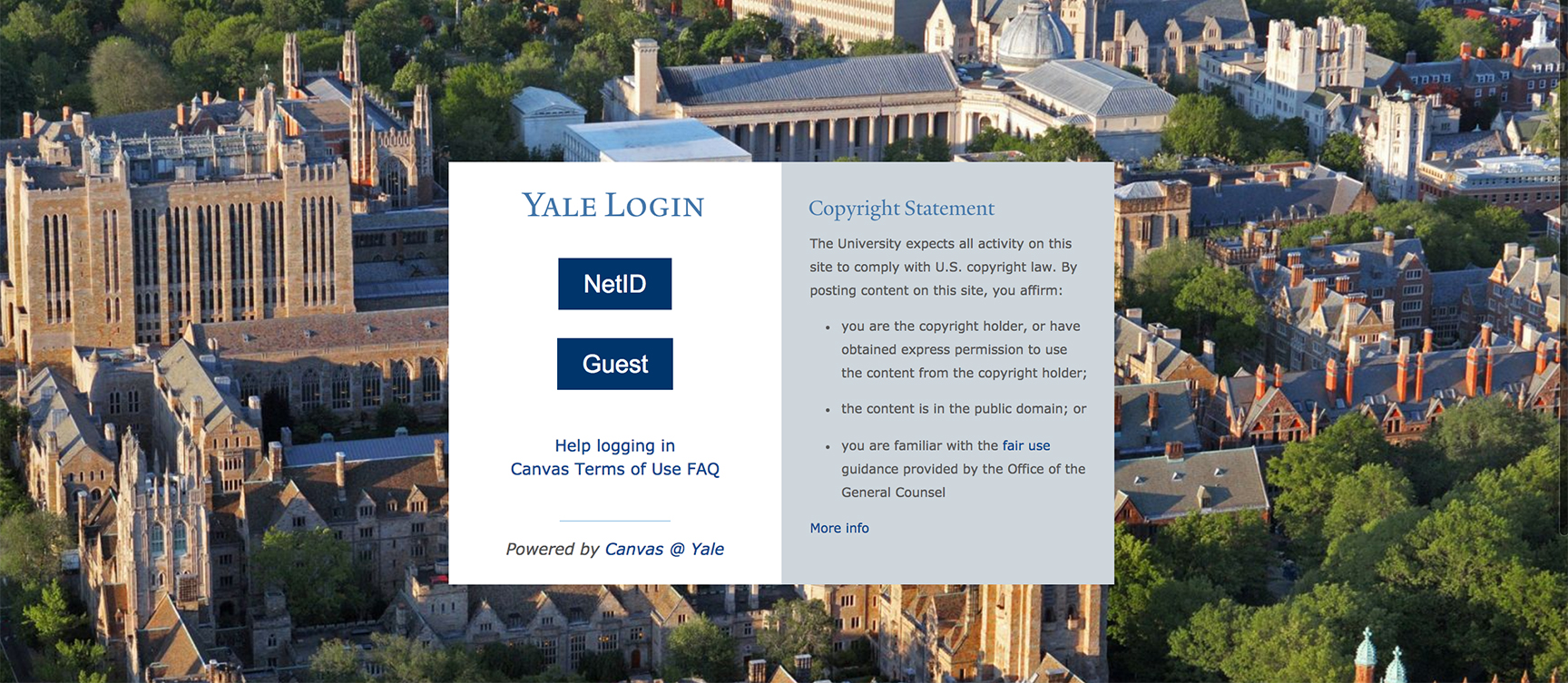
Courtesy of Canvas
As Yale begins a full-scale transition of all courses from Classes*v2 to Canvas software — a move many students have praised — some professors have yet to make the switch.
Instructure, an educational technology company that creates software for schools and universities, designed the Canvas course management system in 2011. In February 2016, Yale’s Learning Management System Steering Committee — comprised of a collection of administrators, professors and graduate students — recommended that the University replace Classes*v2 software with Canvas, a recommendation the University readily accepted. Classes*v2 is over half a decade old and has been criticized for being outmoded and not user friendly. Last fall, professors were given the option to use either of the two platforms during the 2016–17 academic year, before the University switches entirely over to Canvas in the fall of 2017.
Overall, students interviewed reviewed Canvas more highly than Classes*v2, citing the software’s clean interface and ease of use.
“I prefer Canvas since it’s easier to use and frankly has a nicer layout to it,” Ayeza Bajwa ’20 said. “Classes*v2 is also a lot older and not as user friendly.”
Of 12 students surveyed, all but one said they preferred using Canvas to Classes*v2.
Still, professors seem to be less concerned with the visual appearance and design of the two platforms, focusing more attention on making the upcoming switch to Canvas as smooth as possible.
In order to help with this transition, the Yale Center for Teaching and Learning has offered multiple workshops throughout this school year teaching both faculty and staff the basic skills necessary to properly operate Canvas, according to the CTL website. These workshops include lessons in how to post a syllabus, share resources and communicate with students.
Spanish professor Rosamaría León said that although she did not have any problems using Classes*v2, she is ready to switch all her upper level Spanish sections to Canvas next semester. Still, she pointed out that since Spanish courses often include multiple sections, course directors must ensure that all material is moved to Canvas before the department makes the change.
While some professors are waiting until the fall to make the change to Canvas, others have either already switched over or are experimenting with both sites.
“I had some reading materials already posted [on Classes*v2] that continued into the present course,” said history professor Paul Freedman, who currently teaches a course on the history of food. “It therefore seemed reasonable to update Classes*v2 but to migrate to Canvas which will become standard after this academic year ends.”
However, swapping between sites has frustrated many students this semester, including Bajwa, who said it complicated her coursework.
“This semester, all my classes are on Canvas, but last semester I had one on Classes*v2,” she said. “It was just a nuisance to have to toggle between the two.”
And while other students did not have any major problems using both platforms simultaneously, some took issue with how professors were using them.
“Both websites are generally organized similarly, but each professor puts different things in different places,” said Kushal Dev ’20, who noted that some professors will place readings under the “files” tab, while others might put them in either the “modules” or “syllabus” sections. Dev noted that “this inconvenience applies to both websites.”
Dev proposed that professors standardize where they put different materials in both sites in order to make it easier for students to find the resources they need.
Overall, however, students expressed excitement for the fall, when all Yale classes will switch over to Canvas.
“I would say that professors should just switch to Canvas as soon as possible,” Bajwa said. “Might as well change now.”
According to its website, Canvas is used by over 2,000 universities, school districts and institutions around the world.







